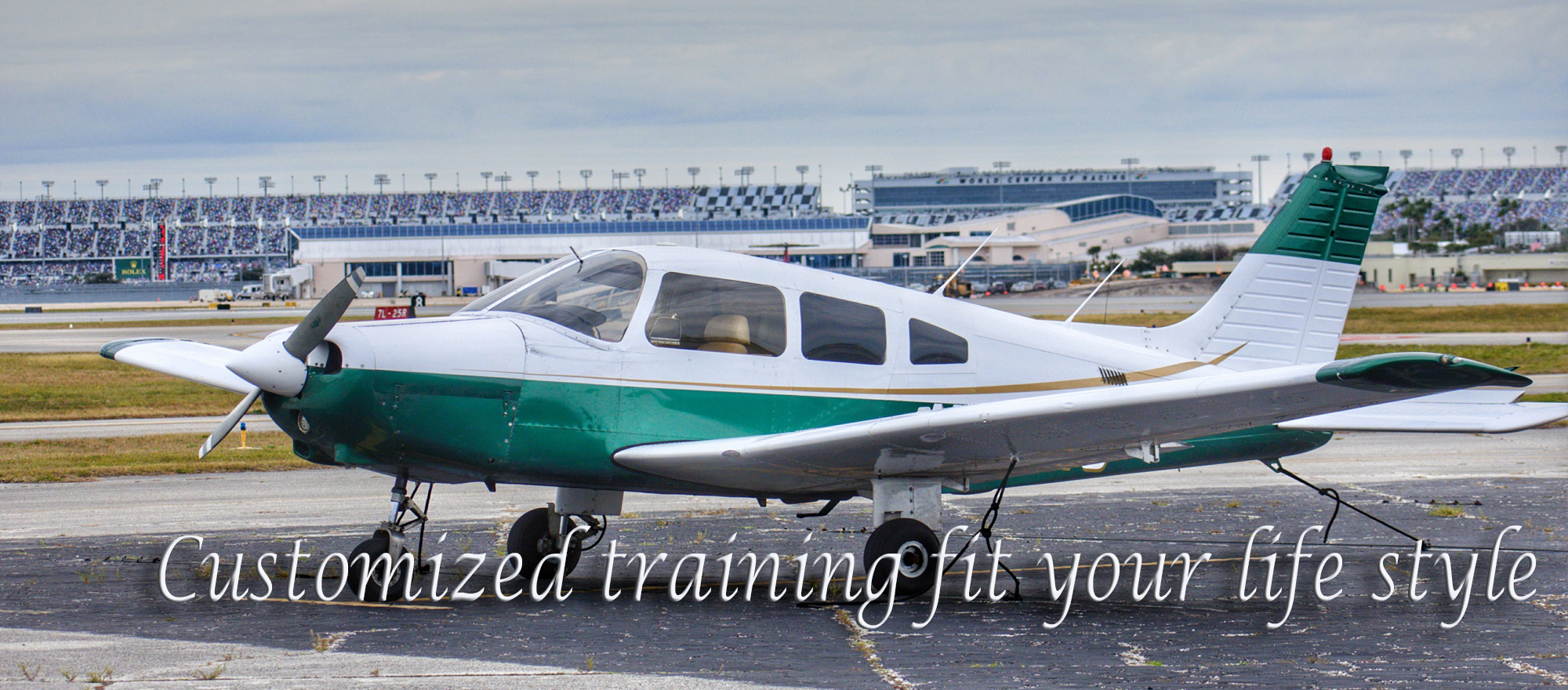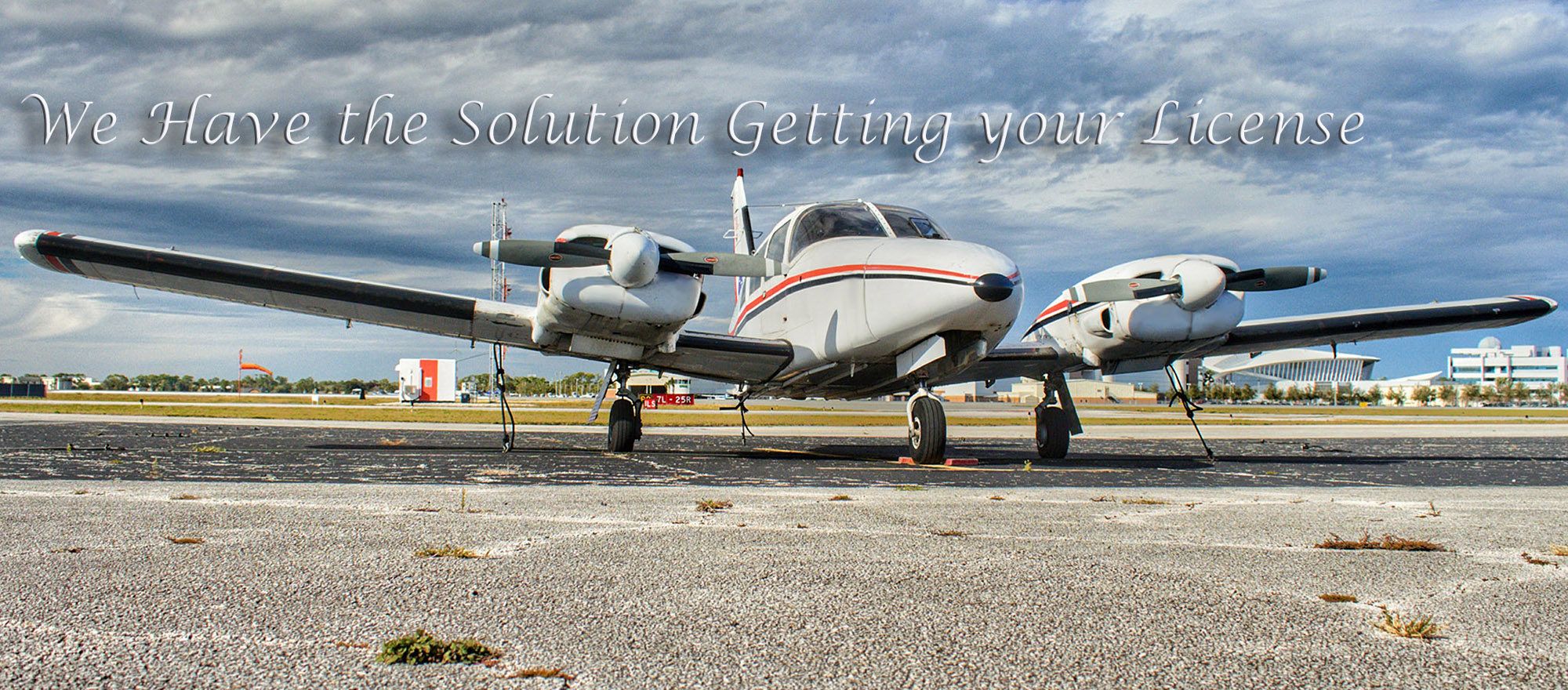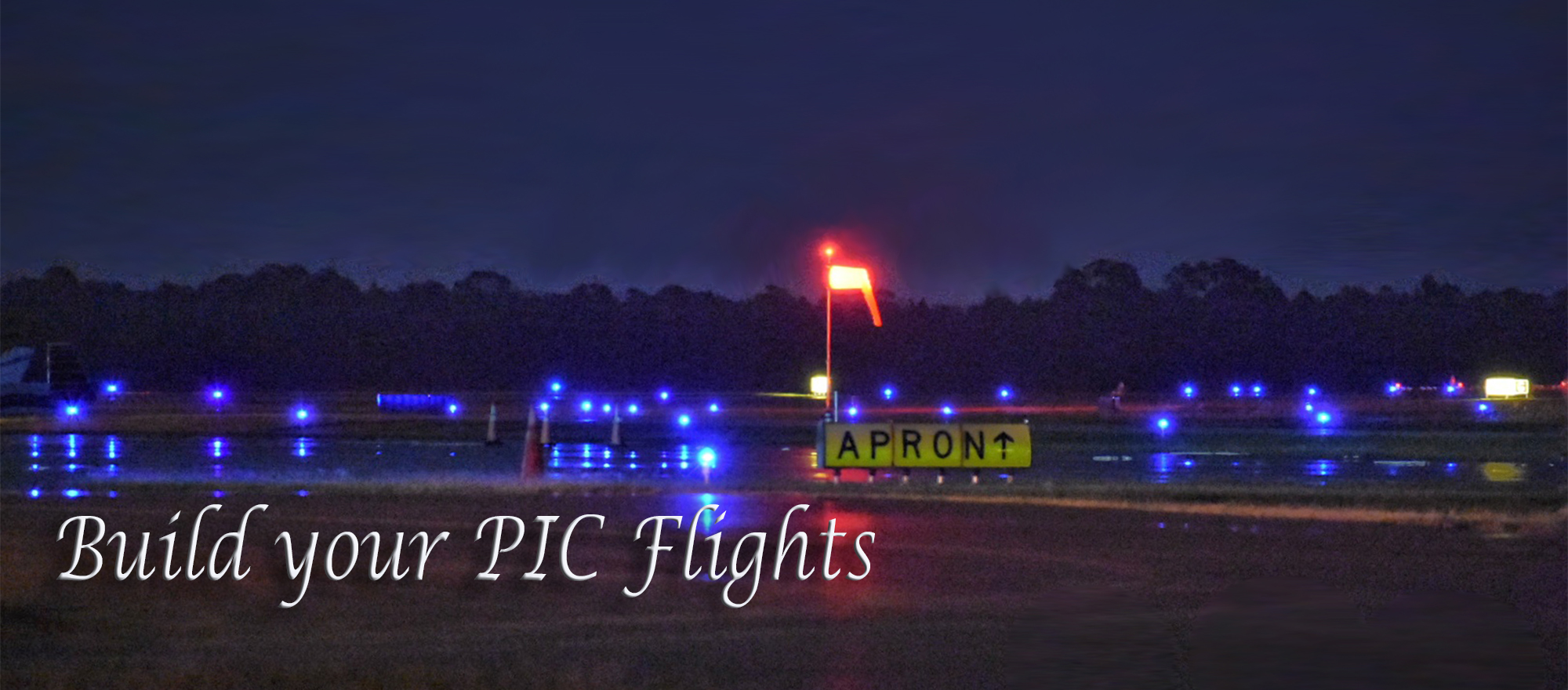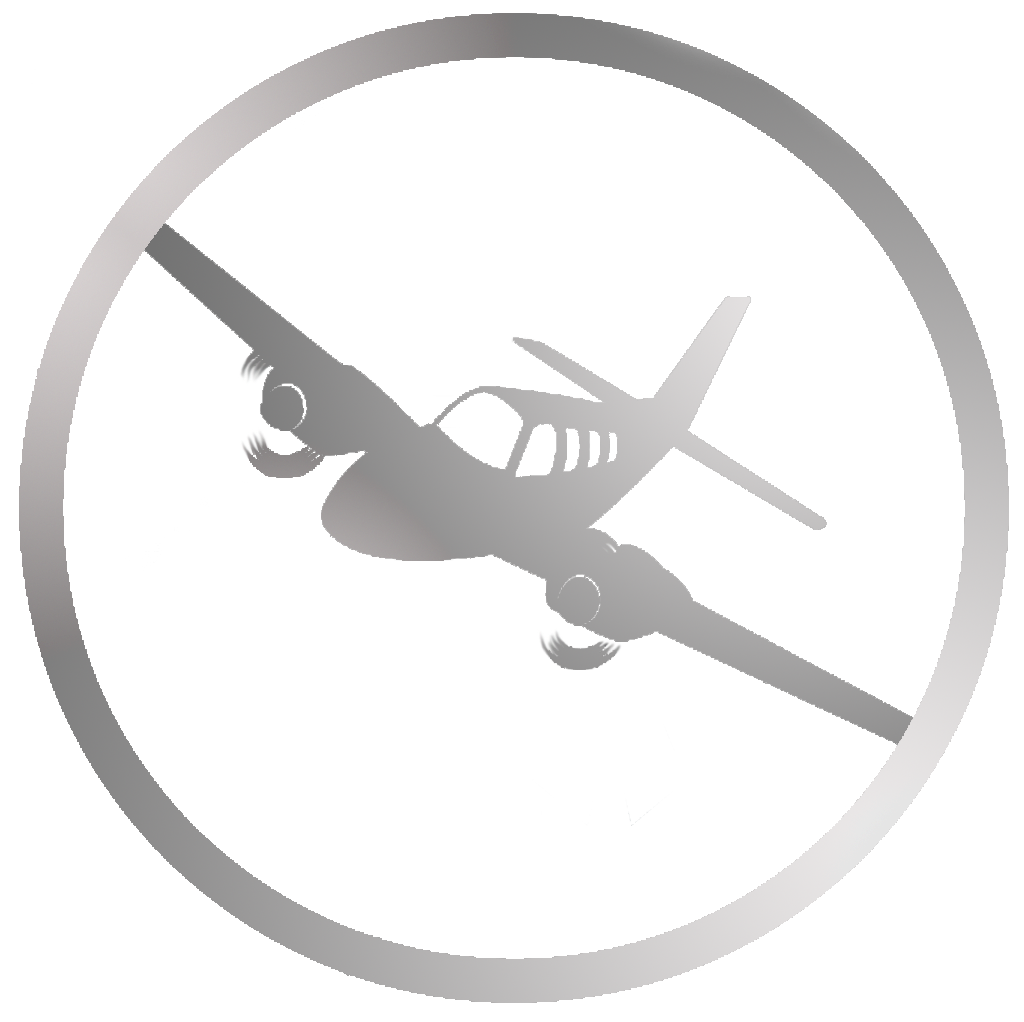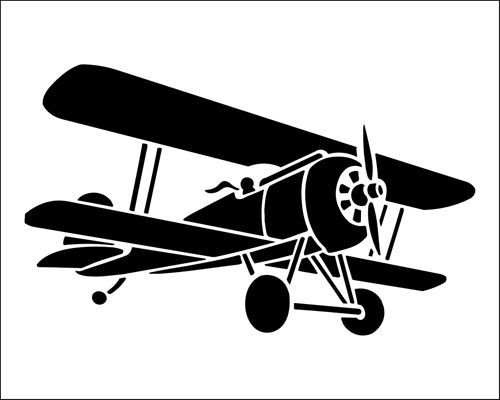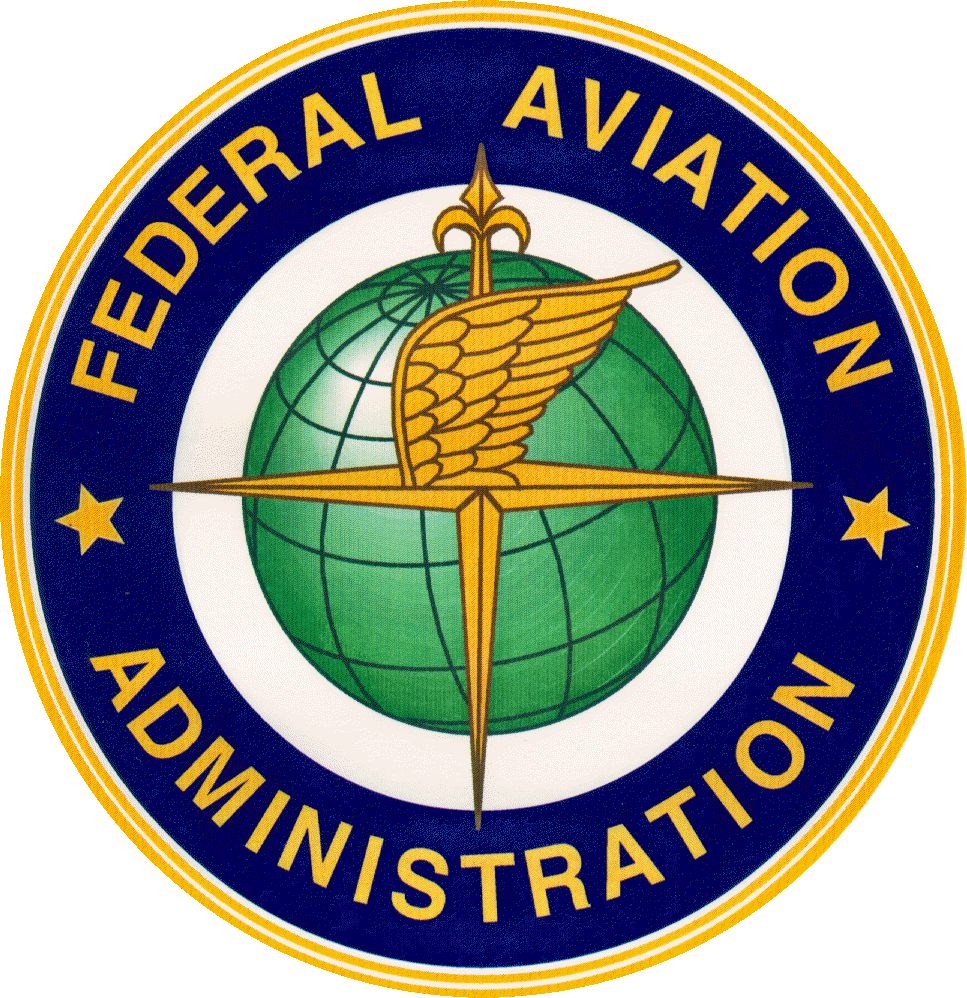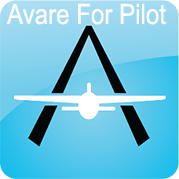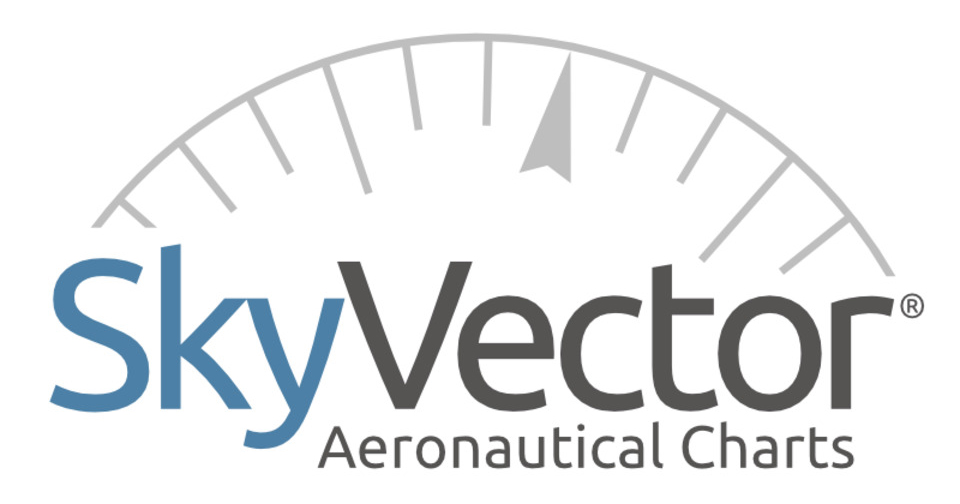Pre-Flight Inspection: Pilot's Checklist for Safe Takeoff
Pre-Flight Inspection: A Pilot's Checklist for Safe Takeoff
The thrill of flight begins well before the roar of the engines. For pilots, the pre-flight inspection is a sacred ritual, a meticulous dance around the aircraft that ensures a safe journey into the skies. Whether you're a seasoned aviator or a student pilot taking your first solo flight, a thorough pre-flight inspection is an unwavering commitment to safety. This guide equips you with a comprehensive checklist for your next pre-flight, empowering you to take to the skies with confidence.
The Importance of the Pre-Flight Inspection:
Imagine a car setting off on a road trip without checking tire pressure or fluid levels. A pre-flight inspection serves a similar purpose for aircraft, identifying any potential issues before takeoff. Here's why it's crucial:
- Safety First: A meticulous inspection minimizes the risk of airborne surprises, safeguarding you, your passengers, and everyone on the ground.
- Early Detection: Identifying minor issues during the pre-flight allows for rectification on the ground, preventing them from escalating into mid-air problems.
- Peace of Mind: A thorough inspection fosters confidence and allows you to focus on the joy of flight without nagging worries.
The Pilot's Pre-Flight Checklist:
While specific procedures may vary depending on the aircraft type, a comprehensive pre-flight inspection typically follows these key steps:
1. Documents and Records (ARROW):
Ensure you have all the necessary paperwork on board:
- Airworthiness Certificate: Proof that the aircraft is maintained according to regulatory standards.
- Registration: Unique identification of the aircraft.
- Radio Station License: Authorizes the use of onboard radios.
- Operating Limitations Document: Specifies the aircraft's weight and balance limitations, performance data, and emergency procedures.
- Weight and Balance Information: Crucial for calculating takeoff performance and ensuring proper weight distribution within the aircraft.
2. Walk-Around Inspection:
Perform a visual inspection of the entire aircraft, looking for any abnormalities:
- Exterior: Check for dents, cracks, corrosion, or damage to the fuselage, wings, control surfaces, landing gear, and propeller.
- Fluids: Verify proper levels and condition of engine oil, hydraulic fluid, and fuel. Ensure there are no leaks.
- Tires: Inspect tire pressure, tread wear, and for any signs of damage.
- Control Surfaces: Move ailerons, elevators, and rudder to ensure they move freely and are properly connected.
3. Cockpit Check:
Move inside the cockpit and meticulously examine the instruments and controls:
- Flight Instruments: Verify that all gauges and displays are functioning correctly and provide clear readings.
- Cockpit Switches and Levers: Ensure all switches and levers are in the correct pre-flight position.
- Emergency Equipment: Locate and confirm the functionality of fire extinguishers, first-aid kits, and emergency locator beacons.
- Seatbelts and Harnesses: Inspect for wear and tear and ensure proper functionality.
4. Engine Start and Taxi Check:
- Follow Starting Procedures: Start the engine according to the Pilot Operating Handbook (POH) for your specific aircraft model.
- Engine Performance: Listen for any unusual sounds or vibrations, and monitor engine instruments for normal readings.
- Taxi Test: While taxiing, test the brakes, steering, and communication systems to ensure proper functionality.
5. Final Preparations:
- Weather Briefing: Obtain the latest weather information to plan your flight path and be aware of potential hazards.
- Flight Plan: File your flight plan with Air Traffic Control (ATC) to ensure they are aware of your intended route and schedule.
- Passenger Briefing: If carrying passengers, provide a safety briefing outlining emergency procedures and proper seatbelt use.
Beyond the Checklist:
A pilot's pre-flight inspection goes beyond simply ticking boxes on a list. It's about developing a keen eye for detail and a deep understanding of your aircraft. Here are some additional tips:
- Consult the POH: The Pilot Operating Handbook is your bible for pre-flight procedures specific to your aircraft model.
- Develop a Routine: Establish a consistent pre-flight routine to ensure you don't miss any crucial steps.
- Don't Hesitate to Ask for Help: If you're unsure about anything, don't hesitate to seek help from a qualified instructor or mechanic.
By prioritizing a meticulous pre-flight inspection, you transform yourself from an operator of machinery into a guardian of safety. So, the next time you pre-flight your aircraft, remember, it's not just a checklist; it's a promise to yourself, your passengers, and the beauty of flight itself

